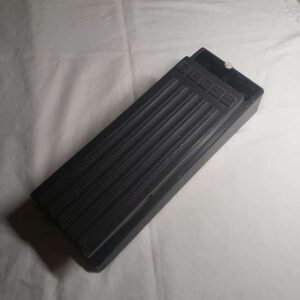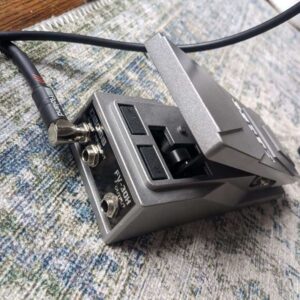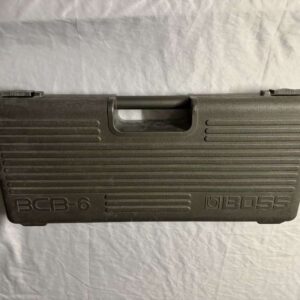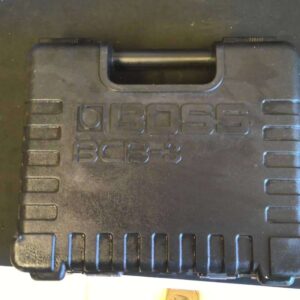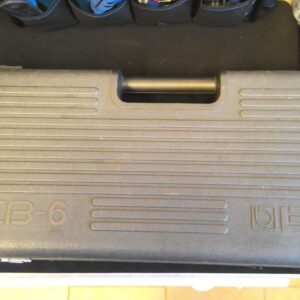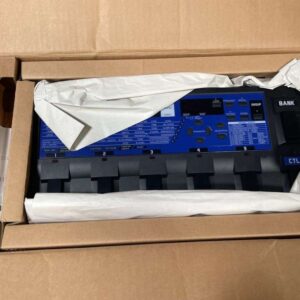Description
The Boss BD-2 Blues Driver is in New condition and made by Boss , it is a great Fuzz Overdrive Boost Guitar Effect Pedal- A modern classic. The Boss BD-2 Blues Driver boosts enhances and sculpts your tone based on how youre playing. This is the main feature that makes the Blues Driver so exciting and why its been a mainstay on many pedalboards. From Prince to Paul Weller to Tom Morello regardless of genre the BD-2 has been deemed an essential ingredient in numerous iconic tones. This is primarily thanks to its dynamic response and sheer versatility. With the ability to range from a touch-sensitive transparent boost to fuzzed out bluesy drive at high gain the BD-2 excels at both and everything in between. If you need an overdrive that better suits you the BD-2 will literally adapt to your playing. . Available from Just Pedals for only £ 99 Dynamic overdrive Released in 1995 the Boss BD-2 Blues Driver is a relative latecomer to the Boss overdrive family but with its clever design features earns its place at the table on merit. Circuit-wise the BD-2 is an evolution of the OD-2 circuit and was the starting point for the OD-3 (the OD-2 was a radically different circuit than the original OD-1). The circuit stands itself apart from other Boss overdrives with a couple of neat design features. The main one is the ‘fixed tone stack’ network after the first op-amp and this is what gives the Blues driver its distinctive character and tone; this basically copies old silverface amps and boosts the mids and bass while limiting the treble. This allows it to be one of the few pedals that doesnt sound muddy or muted when the tone control is rolled down. The other is very simple but remarkably effective having a boost stage with an op-amp that won’t clip gives the transparency and dynamic response that the Blues Driver is famous for. The BD-2 has a flat to slightly scooped mid-range and sounds similar to silverface amp breakup but can get fuzzier at higher gain settings. The OD-3 doesnt have quite as much gain available as the BD-2 but does share a fairly flat midrange with a decent amount of bass. It can be as smooth or crunchy depending on how you set it. With only slight similarities the BD-2 and OD-3 are different enough to warrant owning both. Features Classic “blues” guitar tones with tube amp simulation Warm distortion and overdrive Responds to nuance and volume changes Roadworthy design is ideal for gigging musicians Basic three-knob layout is easy to use AC adaptor or 9V battery operation Specifications Nominal Input Level: -20 dBu Input Impedance: 1 M ohms Nominal Output Level: -20 dBu Output Impedance: 1 k ohms Equivalent Input Noise Level: -118 dBu (IHF-A Typ.) Connectors: INPUT Jack OUTPUT Jack AC Adaptor Jack (DC 9 V) Power Supply: DC 9 V: Dry Battery 9 V type (6F22/9 V) AC Adaptor 9 mA (DC 9 V) Accessories: Dry Battery 9 V type (6F22/9 V) Dimensions: (W) 73 mm 2-7/8 inches (D) 129 mm 5-1/8 inches (H) 59 mm 2-3/8 inches Weight (incl. battery): 0.4 kg 0 lbs. 15 oz.


